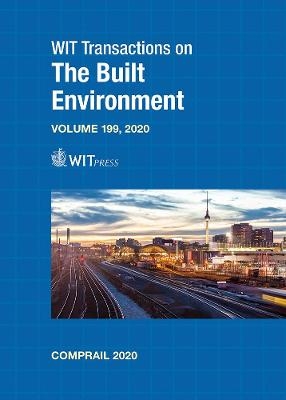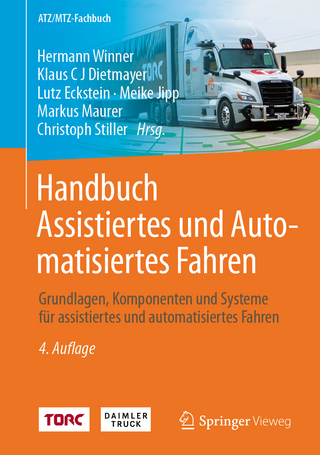
Computers in Railways XVII
WIT Press (Verlag)
978-1-78466-403-9 (ISBN)
Originating from presentations at the 17th International Conference on Railway Engineering Design and Operation, this volume contains selected research works on the topic. The included papers help to facilitate the use of advanced systems and place a key focus on the applications of computer systems in advanced railway engineering.
These research studies will be of interest to all those involved in the development of railways, including managers, consultants, railway engineers, designers of advanced train control systems and computer specialists.
Section 1: Advanced train control
Autonomous trains in freight transport: Should the railway not have the advantage over the trucks?; Terminology, differences, and challenges of Communications-Based
Train Control and European Train Control Systems
Section 2: Signalling and train control systems
Development of the signal arrangement evaluation system; Enhancement of detection functions of a 3D-Laser-Radar-type obstacle detection system at a level crossing; Choice of sensor fusion framework for train positioning system; Towards mobile and intelligent railway transport: A review of recent ERTMS-related research; Research directions regarding the adoption of formal methods in the railway signaling sector: Determinants and next steps for future-proof railways; Visible light communications based train control
Section 3: Timetabling and rescheduling
Generation of dispatching solutions in a rolling time horizon framework with the aid of Tabu Search; Transit assignment model for express trains based on inverse optimization
Section 4: Safety and security
Certification of EGNOS Safety-of-Life service for ERTMS according to IEC 61508 and EN 50129; Developing a generalised assessment framework for railway interventions; Investigation of factors influencing the efficiency of railways in terms of safety at level crossings; Validation of a brake monitoring system using a multi-axle roller-rig; Development and verification test of electrical indicator for 1.5 kV DC feeder in order to visualize energized condition; Accident root causes identification using a taxonomy; Train collision avoidance with mobile devices for sparsely used railway lines
Section 5: Modelling and simulation
On the distribution of the random arrival time; Optimising acceleration and braking performance profiles of railway vehicles for the robust operation of ultra-high frequency timetables; Integrated view of railroad and port terminals: A study on the Port of Santos, Brazil; New approach for missing consumption reconstruction and validation of energy meter data; Passenger behaviour simulation inside train car combined with train
traffic simulation; Long train dynamic simulation by means of a new in-house code; Speed trajectory optimization for a high-speed train; Calculation method of load conditions for performance test of rail fastenings of a floating slab track; Application exploration of B method in the development of safety-critical control systems; Formal software inspections: An industrial application of Function Tables and Event-B to software of a Wayside Train Monitoring system; Traffic flow analysis considering the effects of features of level crossing and road passers; Developing the tram control system based on Simulink/Stateflow and B method
Section 6: Intelligent railway systems
Development of a route guidance support system for the visually impaired in railway stations; Experimental study on the viability of decentralized railway traffic
management; Principles of the NewDimensions software creation for a control centre
of the future: Cloud computing and software architecture
Section 7: Environmental impact and CO2 reduction
Feasibility validation of an eco-sustainable photovoltaic/energy storage system integrated AC two-phase traction power supply system of electrified railway; Impact of driving style on the exhaust emission of a diesel multiple unit
Section 8: Railway logistics
Data-driven joint optimization of pricing and seat allocation in trains; Modern railways: Connecting train control systems with mobile and satcom telecom networks
| Erscheinungsdatum | 13.08.2020 |
|---|---|
| Reihe/Serie | WIT Transactions on The Built Environment ; 199 |
| Verlagsort | Southampton |
| Sprache | englisch |
| Maße | 178 x 254 mm |
| Themenwelt | Technik ► Fahrzeugbau / Schiffbau |
| ISBN-10 | 1-78466-403-0 / 1784664030 |
| ISBN-13 | 978-1-78466-403-9 / 9781784664039 |
| Zustand | Neuware |
| Haben Sie eine Frage zum Produkt? |
aus dem Bereich


